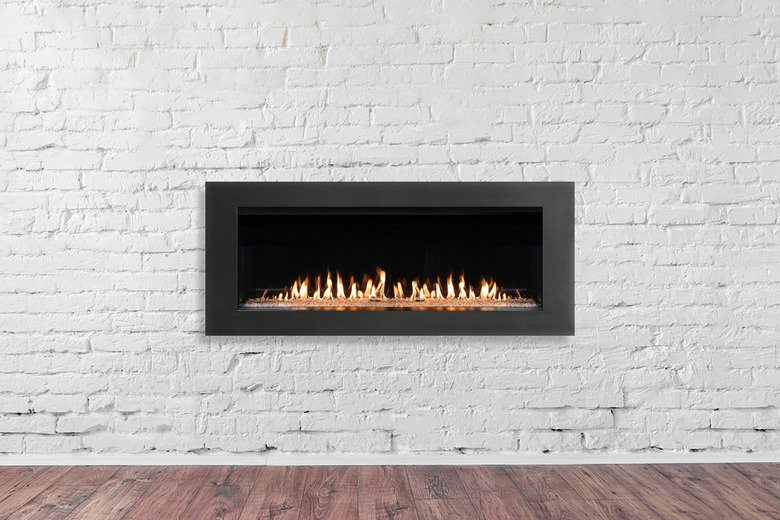How To Prevent Vent-Free Fireplace Odor
We may receive a commission on purchases made from links.
Vent-free gas fireplaces are much less expensive to install than vented gas fireplaces, but they do come with an annoying side effect — odor. There's really no way to prevent vent-free fireplace odor, although there are a few things you can do to try and mitigate the smell.
Vent-Free Fireplaces
Vent-Free Fireplaces
Vent-free fireplaces, also called ventless fireplaces, aren't free from emitting small amounts of gas byproducts. Natural gas and propane gas, which is natural gas that's captured in a large container that's used to dispense natural gas to users not located along a natural gas line, contain additives to let people know if there's a gas leak.
Because natural gas has no smell, ingredients like methyl mercaptan and sulfur dioxide are added in small quantities. Methyl mercaptan smells like burnt matches, while sulfur dioxide smells like rotten eggs. They're added in quantities that are said to be so small they pose no health risk, but some people still complain that they feel irritated from the chemicals.
Vent-free fireplaces aren't vented to the outdoors, so that means that small amounts of gas fumes are released into your home. Because of this, you're likely to smell hints of gas, which may resemble the odor of kerosene. You should also have a carbon monoxide monitor in the room to monitor carbon monoxide levels.
What You Can Do
What You Can Do
Opening the window can help to get rid of some of the odor from a vent-free fireplace. Many vent-free gas fireplaces warm a room up in a hurry, so you may want to open your window to let out a little of the heat — and the smell. Vent-free fireplaces are often installed in actual fireplaces, so if your fireplace has a working chimney, opening the damper will help dissipate the odor.
Soot accumulation may be another problem. If you see soot building on the vent-free gas logs of your fireplace, that means you have a carbon monoxide leak. If that happens, you need to turn off your fireplace and call a professional to find the leak and repair your vent-free fireplace.
Many fireplace experts recommend running a vent-free fireplace for short periods. These should be used as a secondary heating source in a small space, not as a primary source of heat. Vent-free fireplaces also produce water vapor caused by the combustion process. That can increase the humidity level in your home and also create mold.
Other Steps To Take
Other Steps To Take
There are some other things you can do to keep the odors in your home to a minimum. Remember that when the logs are new, they'll probably have a strong odor for the first three to four hours of operation. That smell should disappear after the initial use.
Your vent-free fireplace will also absorb the odors and debris in your house, including pet dander, scented candles, wet paint, cigarette smoke, chemical cleaners and the off-gas odor common with new furniture. Those smells are always there, but they'll concentrate around a new fireplace.
Vacuum up pet hair and dust to prevent the smells from concentrating around your fireplace. A room air purifier will also help to clear the air. Also, if you smoke, it's best to do so outside to prevent residue from accumulating around your fireplace. Plug-in deodorizers and harsh cleaning chemicals should be avoided. With proper care, you should be able to enjoy your vent-free fireplace for many years.
